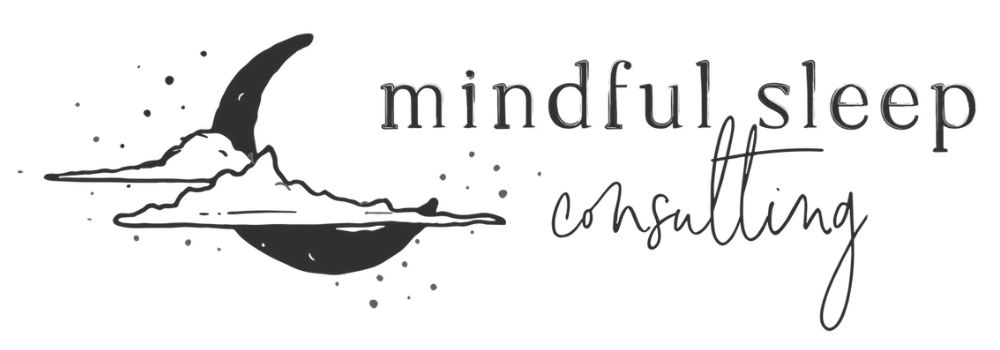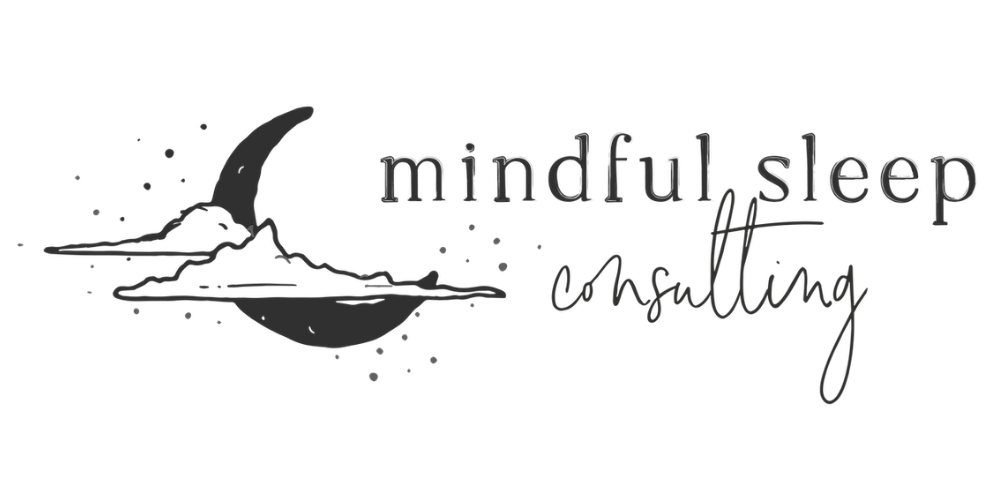Safe Sleep and SIDS Awareness Month
October is Safe Sleep and SIDS Awareness Month. In light of this, I want to share some important information with you about safe sleep practices for your little one. I will also be sharing weekly tips for safe sleep on my social media sites (Facebook, Instagram), because as a pediatric sleep consultant and mom of two, my top priority is ensuring babies have a safe environment to sleep in!
WHAT IS SIDS?
It’s the topic no parent wants to even think about, let alone experience. It’s scary, and certainly one of, if not THE top fear all parents have.
SIDS (Sudden Infant Death Syndrome) as defined by www.sids.org is “the sudden death of an infant under one year of age which remains unexplained after a thorough case investigation, including performance of a complete autopsy, examination of the death scene, and review of the clinical history”.
In other words, SIDS is the unexplained death of a relatively healthy baby under the age of one.
It typically occurs during sleep which is why it has also been known as “crib death’ or “cot death”.
HOW COMMON IS SIDS?
In 1993, there were nearly 4,700 SIDS-related deaths in the United States. Making it the leading cause of death among babies between 1month and 1 year of age. The majority of SIDS-related deaths happen when babies are between 1-4 months of age, but it can still happen at any point during their first year of life.
In 1994 the “Back-to-Sleep” campaign was initiated to help educate parents and caretakers about safe sleep. This campaign has lead to a steady decrease in SIDS (1,360 SIDS-related deaths reported in the U.S. in 2017). However, SIDS still remains the leading cause of death in children under one year of age.
SO HOW CAN YOU HELP KEEP YOUR BABY SAFE?
Follow your ABC’S and These Important Precautions:
DO place your baby to sleep on their back. It is most important during the first six months of life when the SIDS risk is highest, but should be a continued practice until age 1.
DO breastfeed if you are able. Research shows that breastfed babies are 60% less likely to die from SIDS than those who do not receive any breastmilk.
DO offer a pacifier at naps and bedtime once breastfeeding has been established.
DO use a firm mattress with a tight fitting sheet that meets current safety standards (https://www.cpsc.gov/safesleep)
DO utilize a wearable blanket or sleep sac instead of a regular blanket.
DO have your newborn sleep in your room in an approved crib, pack n play or bassinet.
DO practice tummy time during waketimes.
Do obtain regular prenatal care while pregnant.
DON’T put soft objects such as blankets, pillows, bumper pads, or loose sheets.
DON’T smoke, use alcohol or drugs while pregnant and after birth.
DON’T use swings, car seats or other devices for sleep.
DON’T let your baby overheat.
DON’T place your baby to sleep on an adult bed, couch, or armchair.
DON’T cover your baby’s head with anything while sleeping.
DON’T use positions or wedges.
For more information on safe sleep, feel free to e-mail me at yasmin@mindfulsleepconsulting.com. I am more than happy to answer your questions and/or evaluate your baby’s sleeping situation. You can also visit www.aap.org for Safe Sleep Guidelines. Another way to ensure the safety of our precious little ones is to educate your child care providers, family and friends on safe sleep practices.




